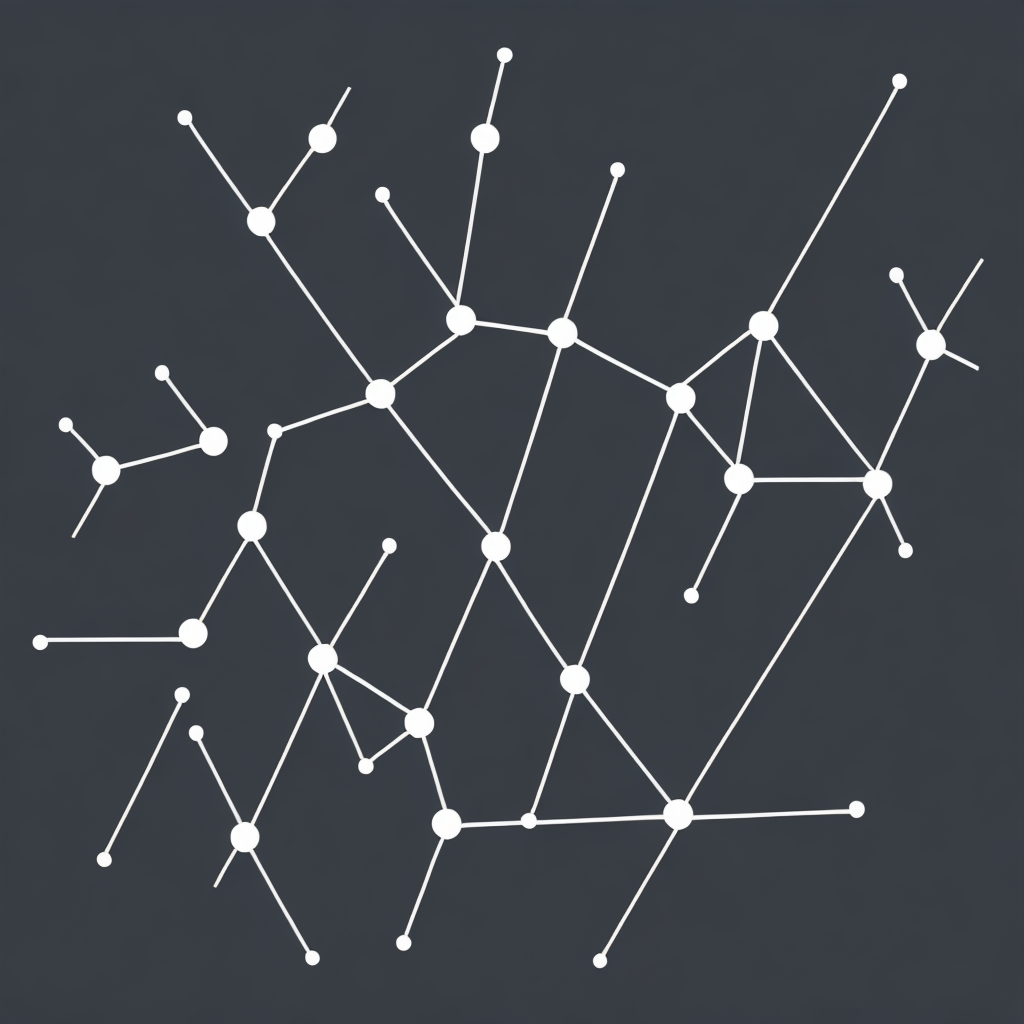Unleashing the Full Potential of Knowledge Graphs
In today’s era, technology is advancing, and data is continuously growing at an unprecedented pace. The demand for intelligent systems that can make sense of this huge volume of data, identify patterns and correlations, and provide valuable insights is increasing daily. In this context, the power of knowledge graphs emerges as a pivotal technology, playing an essential role in unlocking data’s full potential.
Introduction to Knowledge Graphs
A knowledge graph is a type of database composed of interlinked data entities and their relationships. Represented in graph form, nodes represent entities (e.g., people, places, events), while the edges symbolize the relationships between them (e.g., “is the mother of,” “occurs in,” etc.). Knowledge graphs offer a structured, semantic way to represent information, enabling machines to understand the context and logic behind data rather than merely viewing it as a collection of孤立 facts.
Enhancing Data Interconnectivity
Knowledge graphs significantly promote data interconnectivity by enabling machines to identify and connect related pieces of data automatically, based on understanding its relationships. This interconnected view allows for more sophisticated querying, where the search engine can deliver not only relevant data but also its context and associated information. In the realm of analytics, this capability leads to deeper insights, facilitating the identification of patterns, trends, and valuable business opportunities.
Improving AI Performance
The power of knowledge graphs is even more pronounced in the field of artificial intelligence (AI). AI systems that utilize knowledge graphs can perform tasks that require a comprehensive understanding of the context, such as natural language processing, recommendation systems, and decision-making processes. For instance, in healthcare, AI systems can analyze patient records with a broader context provided by knowledge graphs, which can include information on genetic predispositions, environmental factors, lifestyle, and other relevant data points. This contextual understanding is crucial to improving outcomes and personalizing treatment plans.
Driving Innovation and Advancement
Knowledge graphs are not just another piece of technology but an enabling tool that accelerates innovation. They allow industries to visualize large datasets in meaningful ways, identify emerging trends, and make informed decisions. In research, knowledge graphs can enhance the discovery of new insights by connecting seemingly unrelated datasets, leading to breakthroughs in various fields such as science, technology, and social sciences. Moreover, the ability to harness the full potential of knowledge graphs promotes data-driven decision-making, encouraging businesses to adapt, evolve, and thrive in a rapidly changing technological landscape.
Conclusion
In conclusion, knowledge graphs represent a transformative technology that is poised to revolutionize how we understand and utilize data. By enhancing data interconnectivity, improving AI performance, and driving innovation, they unlock the full potential of data, providing us with tools to navigate the vast ocean of information more effectively. As the demand for data insights continues to escalate, the role of knowledge graphs becomes increasingly essential, paving the way for a future where technology and data work in harmony to foster progress and deliver value across sectors.
